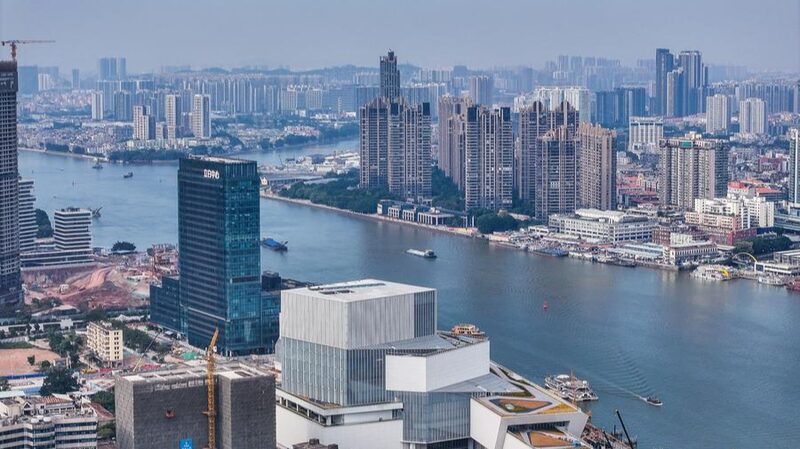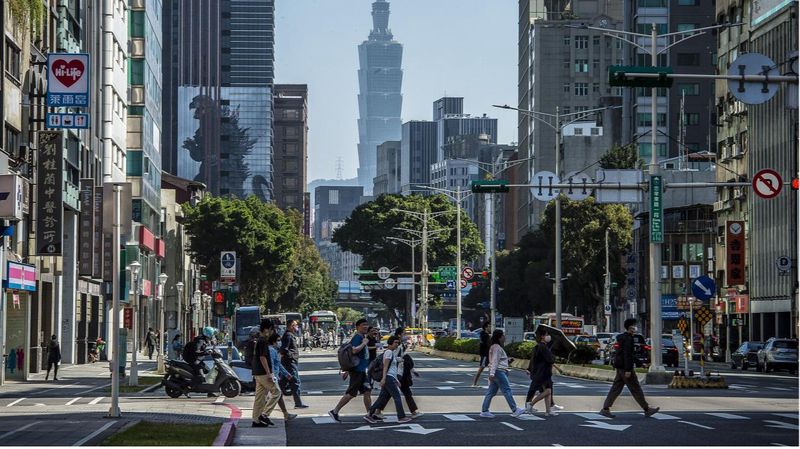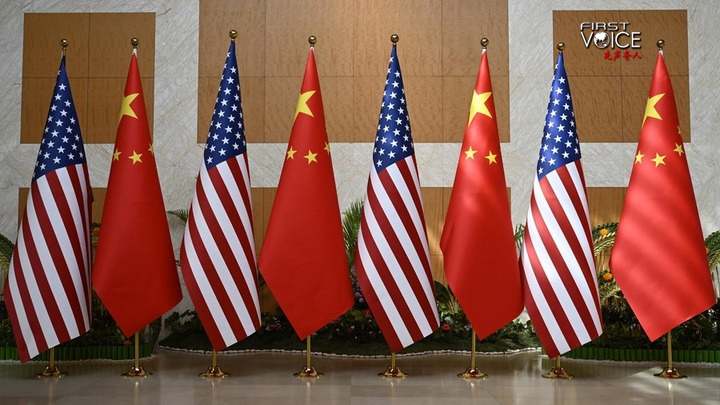From Regional Collaboration to Global Leadership
Six years after its official launch, the Guangdong-Hong Kong-Macao Greater Bay Area (GBA) has become the world's largest bay economy, outpacing Tokyo with a staggering 14 trillion yuan ($1.9 trillion) GDP in 2023. This region – home to 11% of China's economic output – achieved 5.5% annual growth despite occupying just 0.6% of the country's land area.
Engine of Innovation
Shenzhen (3.46 trillion yuan GDP), Guangzhou (3.04 trillion yuan), and Hong Kong form a “five-city linkage” driving regional growth. The GBA has transitioned from manufacturing hub to a tech-forward ecosystem combining Hong Kong's financial services, Shenzhen's innovation, and Pearl River Delta manufacturing capabilities. Eight key industrial clusters, including AI and smart appliances, now dominate the landscape.
Infrastructure Revolution
Major projects like the Hong Kong-Zhuhai-Macao Bridge and Shenzhen-Zhongshan Link have created a “one-hour living circle,” while the region's airports handle 280+ million passengers annually. Cross-border initiatives like the “Medicine and Equipment Connect” and unified standards for 183 services are breaking down regional barriers.
Blueprint for the Future
With special cooperation zones in Hengqin and Qianhai testing new economic models, the GBA demonstrates how coordinated policy and infrastructure can propel regions to global prominence. As Liu Chunsheng of Central University of Finance and Economics notes, this growth story highlights the potential of cross-regional collaboration under innovative governance frameworks.
Reference(s):
China's Greater Bay Area: From regional synergy to global prominence
cgtn.com




